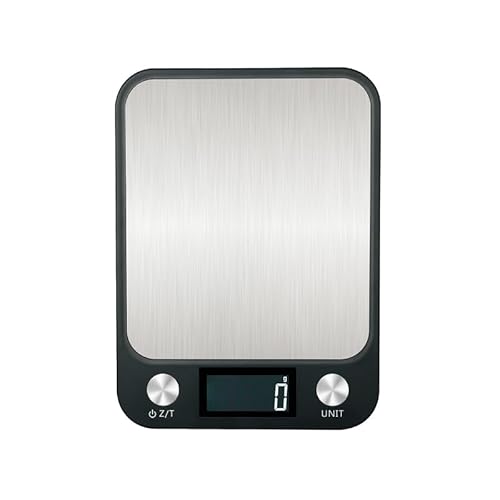HutCar92 said:
My usual batch with all water/beer/coffee is 7% SF, but this batch since it was milk I dropped it to 5% and my CO is always 20%.
Sorry! I was asking Bubbles Galore what percentages she was using.

judymoody said:
I guess my thinking is that CO is drying when saponified but not as a free oil. Assuming that a good portion of the extra oil from the coconut milk would not be transformed by lye, it needn't necessarily be more drying. However, as we don't know exactly which oils the lye leaves behind, it may be that it saponifies a relatively higher % of the CO.
I'm not a trained chemist so a lot of this is guesswork. For what it's worth, I don't particularly like coconut milk in soap for a variety of reasons. In the lather additive swap, most of us were underwhelmed by the coconut milk soaps compared to the control (I did one with powder and one with canned milk). The lather was nothing extra, especially when compared to goat's milk. Kefir also performed well.
I'm also guessing and I wish I had paid more attention in chemistry. However, I trust what you say because I know how knowledgeable you are about soapmaking. I"m also not as experienced as you. I used canned CM in several batches and wasn't impressed with them I made an assumption either my recipes weren't balanced well or something was wrong with me since people raved at how wonderful CM was in soap. I stopped using it because I found I liked cream, half and half or buttermilk over CM as an added liquid in my recipes. It seems my skin prefers lactic acid over lauric acid. :wink:
I did some searching and found very little info. Below is some info I found:
One of the most prominent components of coconut milk is coconut oil
Coconut milk - the saturated fat in coconut milk is mostly lauric acid
Wikipedia
Lauric acid, as a component of triglycerides, comprises about half of the fatty acid content in coconut oil, laurel oil, and in palm kernel oil
Like many other fatty acids, lauric acid is inexpensive, has a long shelf-life, and is non-toxic and safe to handle. It is mainly used for the production of soaps and cosmetics. For these purposes, lauric acid is neutralized with sodium hydroxide to give sodium laurate, which is a soap.
Soapcalc
Lauric acid in soap – hardness, cleansing and bubbly
Soap made with too much Lauric and/or Myristic Acid can irritate the skin by washing away not only the top dirty layer of oils, but also the protective layer of surface oils on the skin.
Sodium laurate is listed as an ingredient in some MP bases found on goplanetearth and Life of the Party brand. Aquatech-Skincare listed ingredients before saponification: “Coconut Oil Fatty Acids, Palm Kernel Oil, Olea Europaea (Olive) Fruit Oil, Deionized Water, Vegetable Glycerine, Sodium Stearate, Sodium Cocoyl Isethionate, Sorbeth-40 (Sorbitol), Sodium Hydroxide**, Disodium EDTA, Citric Acid.
**Combined with de-ionized water to make "lye", adding to coconut, palm & olive oil.”
I saw sodium laurate listed as an ingredient on several retail web sites. I wasn’t going to add them to this but then I saw the
Diva Choice site. I added the link because I thought some of her soaps were quite nice looking. I especially liked Crazy Cupid and Chocolate Strawberry.
I think it takes more lye to saponify coconut as compared to olive but I've read olive has a higher percentage of unsaponifiables (not sure if this is the correct term). It looks like I need to do more research.












































